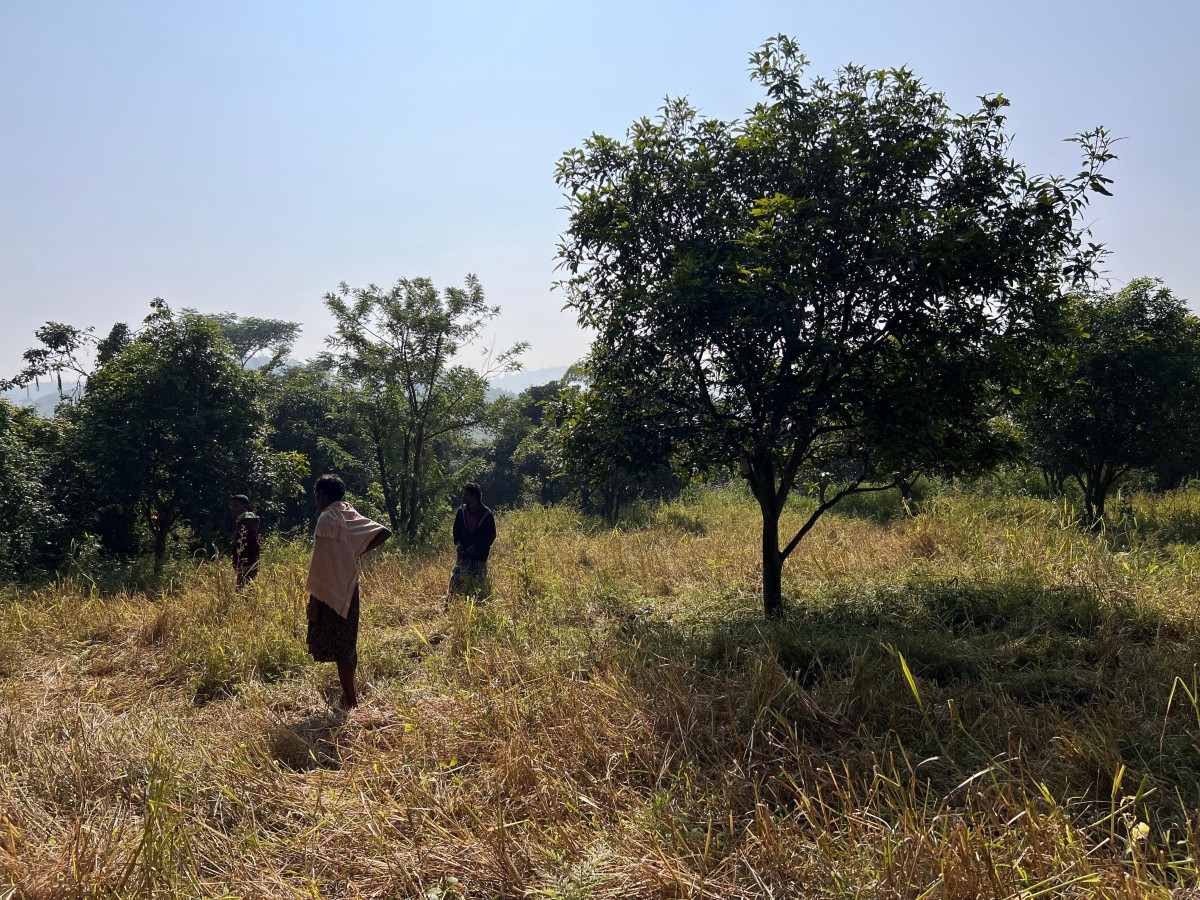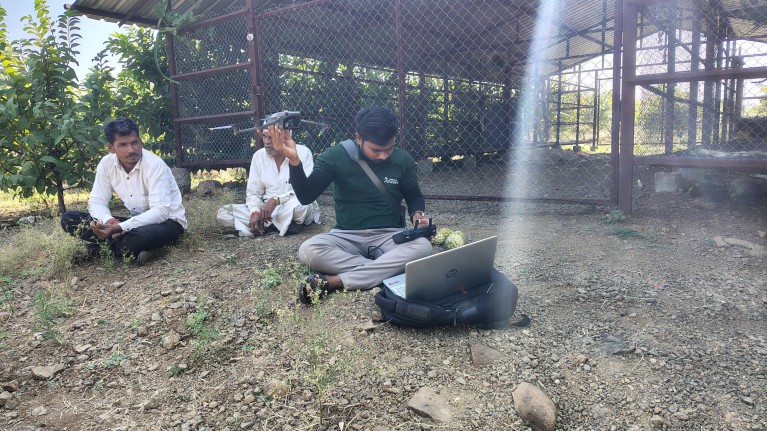India’s carbon offset projects wilt without community roots


A study site in Araku. Credit: Shivani Agarwal
A new study1 of India’s voluntary carbon market (VCM) reveals a disappointing pattern: while tree-planting projects have succeeded in increasing forest cover, half have failed to endure. The findings raise pressing questions about the durability of such climate interventions and their ability to deliver real benefits to the communities they rely on.
Researchers used satellite imagery and field surveys to assess six forestry and land-use projects that had received carbon credits as of 2022. Only three — Araku, Bagepalli, and a mangrove restoration project in the Sundarbans — remain operational to varying degrees. Projects in Tamil Nadu, Odisha, Andhra Pradesh, and Chhattisgarh have either been closed down or stalled.
“The longevity of a project depends on sustained community engagement and economic benefits for locals,” said Shivani Agarwal, co-author of the study and an ecologist at Columbia University. The three surviving projects had long-standing ties with NGOs focused on local livelihoods — a factor missing from those that failed.
Overall, tree cover rose by 48% in VCM plots compared to 26% in similar control plots. Some households involved in ongoing projects saw higher incomes and improved assets. But these gains vanished where the projects were discontinued, often because they were no longer profitable or land values rose, making sales more lucrative than carbon credits.
“Carbon sequestration in ecosystems is a long-term process,” said co-author and environmental geographer at Columbia, Ruth DeFries. “It can’t be treated like a one-off payout.”
Short-term vision, long-term risk
The study’s conclusions echo the field experience of Farmers for Forests (F4F), a Pune-based social enterprise supporting the transition of degraded farmland to agroforestry. Co-founder, Arti Dhar, stressed that without long term funding commitment, projects are unlikely to survive. “If funders focus only on short-term profitability, they’re exposing themselves and farmers to high risk,” she said.
Smallholder farmers often must give up crops, contribute labour, and wait years for returns. Many drop out or neglect the trees when there’s no immediate payoff. “Payments are abstract and unreliable,” Dhar said. “But give a farmer a subsidized drip system today, and they’ll use it tomorrow. Tangible inputs matter more than distant promises.”
Ram Esteves of the Karnataka-based NGO Agricultural Development & Training Society, whose long-running Bagepalli project helped local communities transition from rainfed crops to more hardy tree crops such as mango and tamarind emphasises the need for a mindset shift. “It’s no longer just about spending a budget; it’s about investing in people,” he says. “Carbon revenue takes time to materialise, so it’s crucial to carry communities with you and secure funding to sustain long-term monitoring.”
Verifying value
New technologies offer potential for real-time monitoring of carbon projects and can help address a core issue: phantom credits – offsets sold based on inflated or unverifiable claims. F4F now uses AI-powered models like DeepForest and Detectron2, trained on local imagery, to monitor individual trees via drones.
Such tools could reduce reliance on opaque third-party audits and bolster public accountability. “If tree survival falls in a village, everyone can see it and act,” said Dhar.

Drone deployment to capture drone orthomosaics to measure tree survival rates and quantify carbon sequestration. Credit: Farmers for Forests
link






